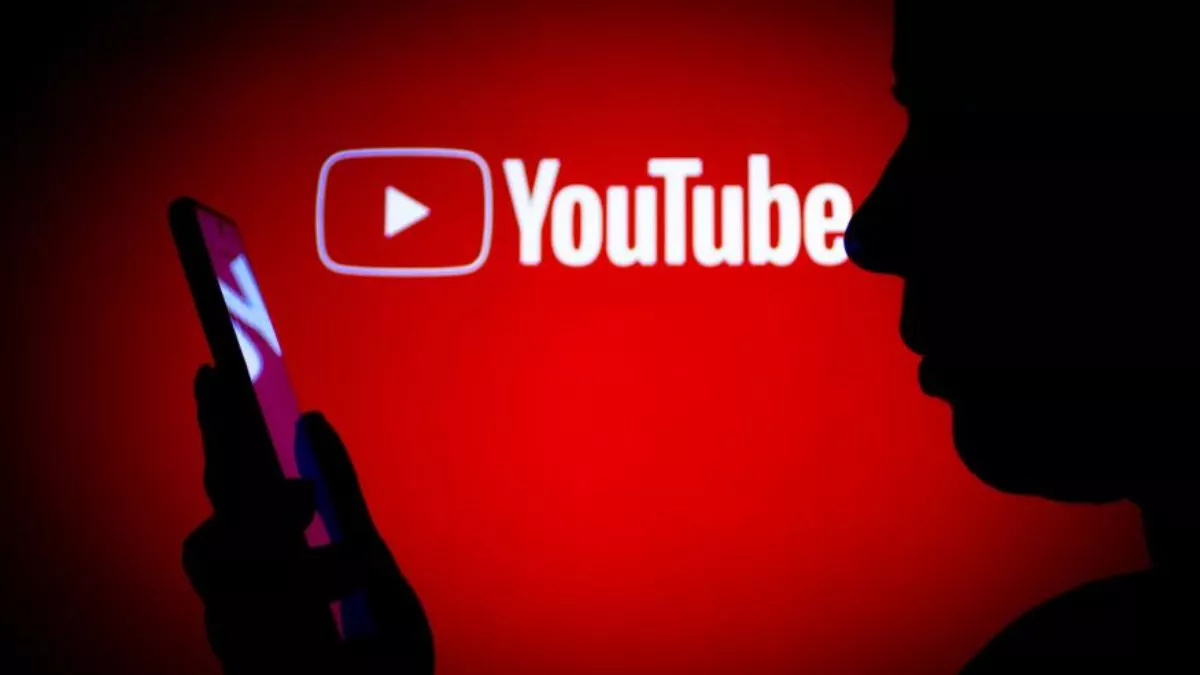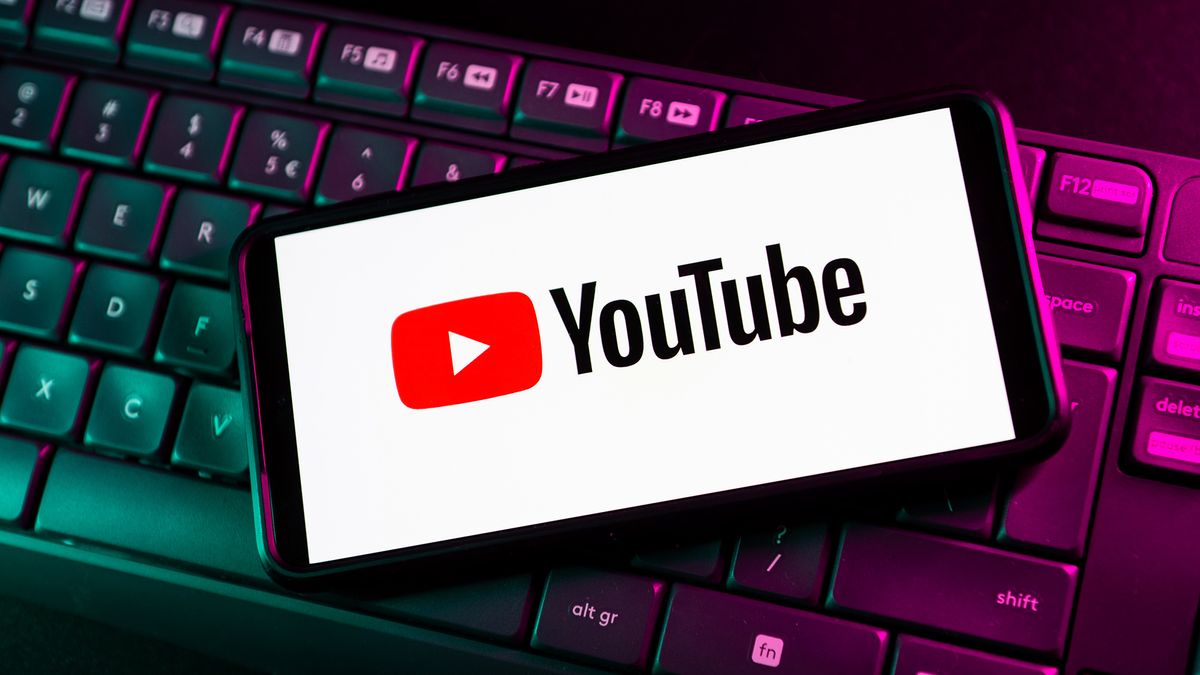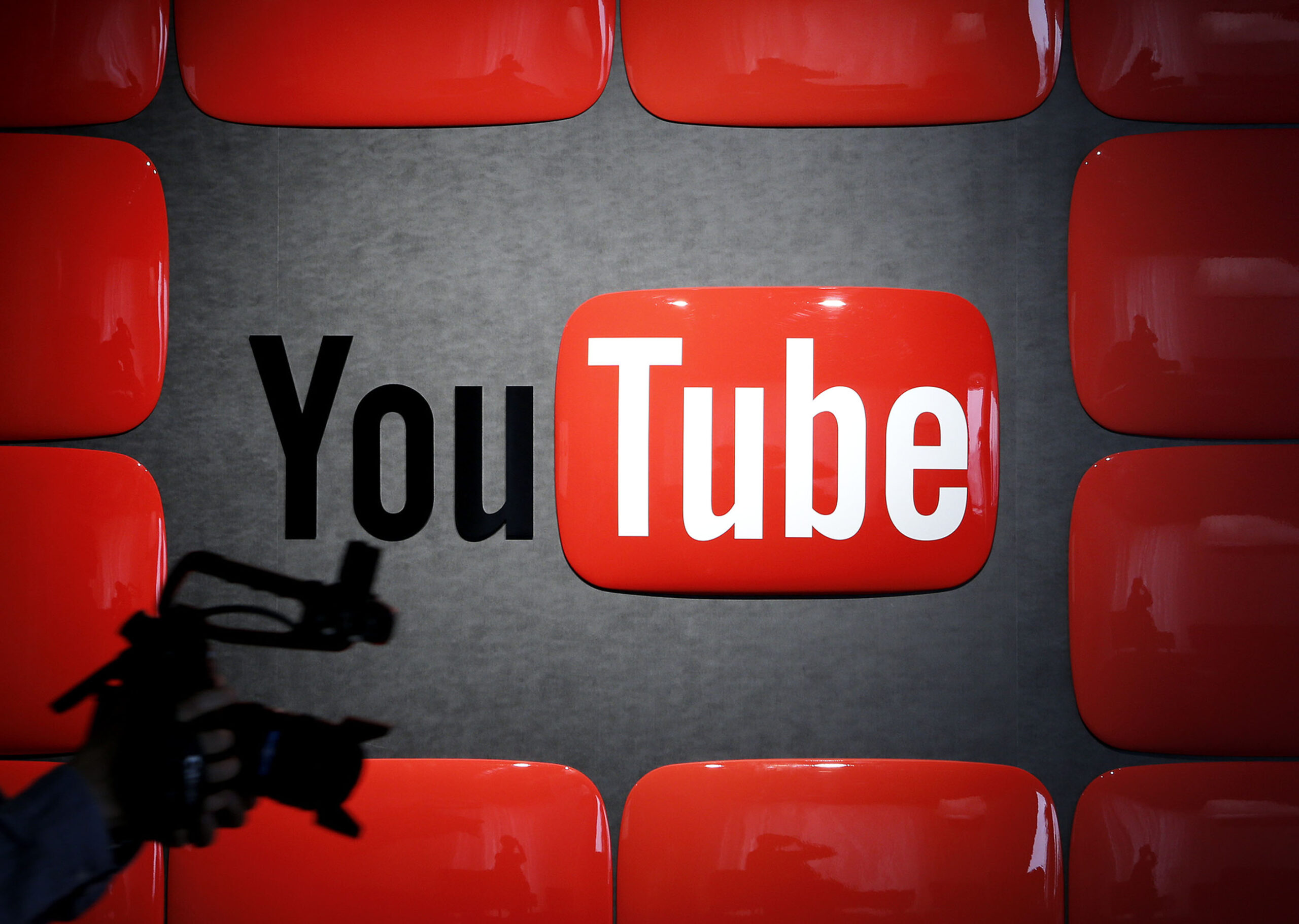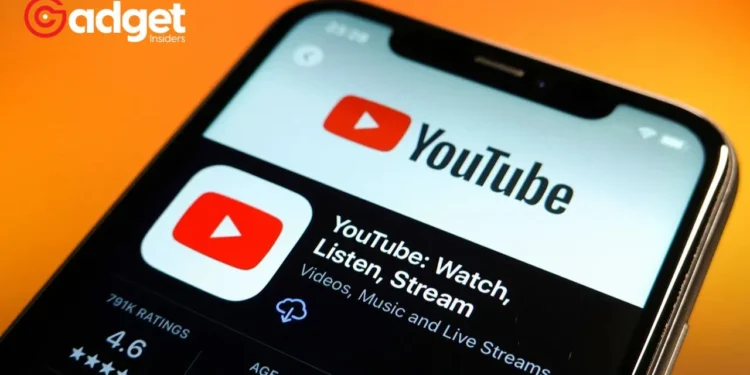In today’s digital age, YouTube stands as a colossus in the realm of online entertainment, education, and information. With its vast array of content catering to virtually every interest under the sun, the platform has become a staple in the lives of millions worldwide, especially among the younger generations.
However, amidst its soaring popularity, YouTube has found itself at the center of a contentious debate: Does its algorithm contribute to the radicalization of young Americans?

The Study That Challenges Prevailing Beliefs
Recent research by the Computational Social Science Lab (CSSLab) at the University of Pennsylvania has brought new insights into this heated discussion.
Contrary to the widespread belief that YouTube’s recommendation algorithm pushes users towards more extreme content, the study suggests that the choices made by viewers themselves play a more significant role in the content they consume.
The investigation, led by Homa Hosseinmardi and her team, utilized bots modeled after the viewing habits of nearly 88,000 real users. These bots underwent a “learning phase” to mimic user preferences accurately, after which they were split into groups.
Some continued to follow the established viewing patterns, while others, dubbed “counterfactual bots,” were tasked with choosing content based solely on algorithmic recommendations, ignoring prior user behavior.
Interestingly, the findings revealed that the counterfactual bots, which relied entirely on YouTube’s algorithm, tended to watch less partisan content compared to real-life users. This suggests that users themselves are inclined towards more polarized material, irrespective of the algorithm’s suggestions.

A Closer Look at User Agency and Content Consumption
Hosseinmardi highlighted the significance of user agency in determining content consumption. “The YouTube recommendation algorithm has been accused of leading its users toward conspiratorial beliefs.
While these accusations hold some merit, we must not overlook that users have a significant agency over their actions and may have viewed the same content, or worse, even without any recommendations,” she remarked.
The narrative is shifted from blaming algorithms for the radicalization of content to recognizing the active role that viewers play in picking the information that they consume when this perspective is taken into consideration.
The findings of the study, which were presented in the Proceedings of the National Academy of Sciences, highlight the complexity of the consumption of content online and the necessity of taking into consideration the behavior of users while discussing the phenomenon of digital radicalization for this reason.
A lot of people watch Youtube videos on specific channels but do not subscribe to those channels. There can be a lot of different reasons for that user behavior, but imagine someday a Product Manager at Youtube is given a target to increase the usage of the subscription feature. pic.twitter.com/0LmWQ9lkl2
— Harshit Jain (@jain_harshit) March 19, 2023
YouTube’s Continued Dominance and Viewer Trends
Despite ongoing debates about its content and algorithms, YouTube’s popularity remains unshaken. Nielsen’s latest report on TV watching trends reaffirms YouTube’s position as the leading streaming provider, capturing a significant share of TV viewership.
This dominance is particularly pronounced among younger viewers, who gravitate towards the platform for its diverse and user-generated content.
The creators, too, are experiencing unprecedented growth, with top channels seeing their watch time from TV audiences increase by over 400%. Such trends reflect a broader shift in entertainment consumption, with audiences seeking content that resonates with their interests and viewpoints.

Looking Ahead
The University of Pennsylvania’s study offers a crucial perspective on the ongoing debate about YouTube’s impact on viewer radicalization. By highlighting the role of user choices in content consumption, it challenges the narrative that algorithmic recommendations are the primary drivers of radicalization.
As YouTube continues to thrive as a platform for diverse content, understanding the nuanced dynamics between user preferences and algorithmic suggestions is essential in navigating the complex landscape of online media consumption.










